A Carnival character and a Zouave
19.5 x 12.5 cm
Pen and ink on paper
Signed lower left with the initials (faded)
In a modern framing : 35 x 28 cm
This drawing is very typical of another aspect of Detaille's personality, which is his humour. Although he is best known as a painter of military figures and excelled in this field, he had a great talent for capturing the burlesque, and we can feel, as in this drawing, how much he enjoyed sketching this type of scene.
If one thinks naturally of a carnival scene, one can evoke here the famous Bal des Quat'z'Arts which was held for the first time in 1892 and which brought together artists. It was a particularly important event, a place of scandal and exuberance.
Jean-Baptiste Édouard Detaille (Paris 5 October 1848 – 23 December 1912 Paris) was a French academic painter and military artist noted for his precision and realistic detail.
Detaille grew up in a prosperous military family in Picardy; his grandfather had been an arms supplier for Napoleon. An amateur artist who was friends with a number of collectors and painters, including Horace Vernet, Detaille's father encouraged his son's artistic endeavors. He began his artistic studies at age seventeen under the famous military painter Jean-Louis-Ernest Meissonier; he had originally approached him to ask for an introduction to the renowned Alexandre Cabanel but Meissonier decided to teach Detaille himself. Meissonier became a major influence on his style, and it was he who inculcated an appreciation for accuracy and precision in Detaille.
Detaille made his debut as an artist at the Salon—the official art exhibition of the Académie des Beaux-Arts—of 1867 with a painting of Meissonier's studio. At the Salon of 1868, he exhibited his first military painting, The Drummers Halt, which was based solely on his imagination of the French Revolution. With Repose During the Drill, Camp St Maur, which he debuted the following year, Detaille established his reputation as a painter. In the spring of 1870, he went on a "sketching trip" to Algeria with three other young painters, Étienne-Prosper Berne-Bellecour, Alexander Louis Leloir, and Jehan Georges Vibert.
Detaille enlisted in the 8th Mobile Bataillon of the French Army when the Franco-Prussian War broke out in 1870; by November he was seeing and experiencing the realities of war. This experience allowed him to produce his famed portraits of soldiers and historically accurate depictions of military manoeuvres, uniforms, and military life in general. He eventually became the official painter of the battles. He published a book called L' Armée Française in 1885, which contains over 300 line drawings and 20 color reproductions of his works.
Detaille was one of the first artists to buy photographs from Eugène Atget.
In 1912, Detaille created new uniforms for the French army. They were never adopted by the Minister of War, but the blue-gray greatcoats would influence later French World War I uniforms, and the Adrian helmet was heavily influenced by his designs.
During his life, he had amassed an impressive collection of military uniforms and artifacts and bequeathed to the Musée de l'Armée in Paris following his death.
Detaille appears as a guest at a party at the home of the Princesse de Guermante in Part Two: Chapter One of Marcel Proust's novel, Cities of the Plain, where Detaille is referred to as "the creator of the Dream", his 1888 painting also known as Le Rêve which shows soldiers asleep on a battlefield dreaming of military glory. The painting, which is located at the Musée d'Orsay in Paris.


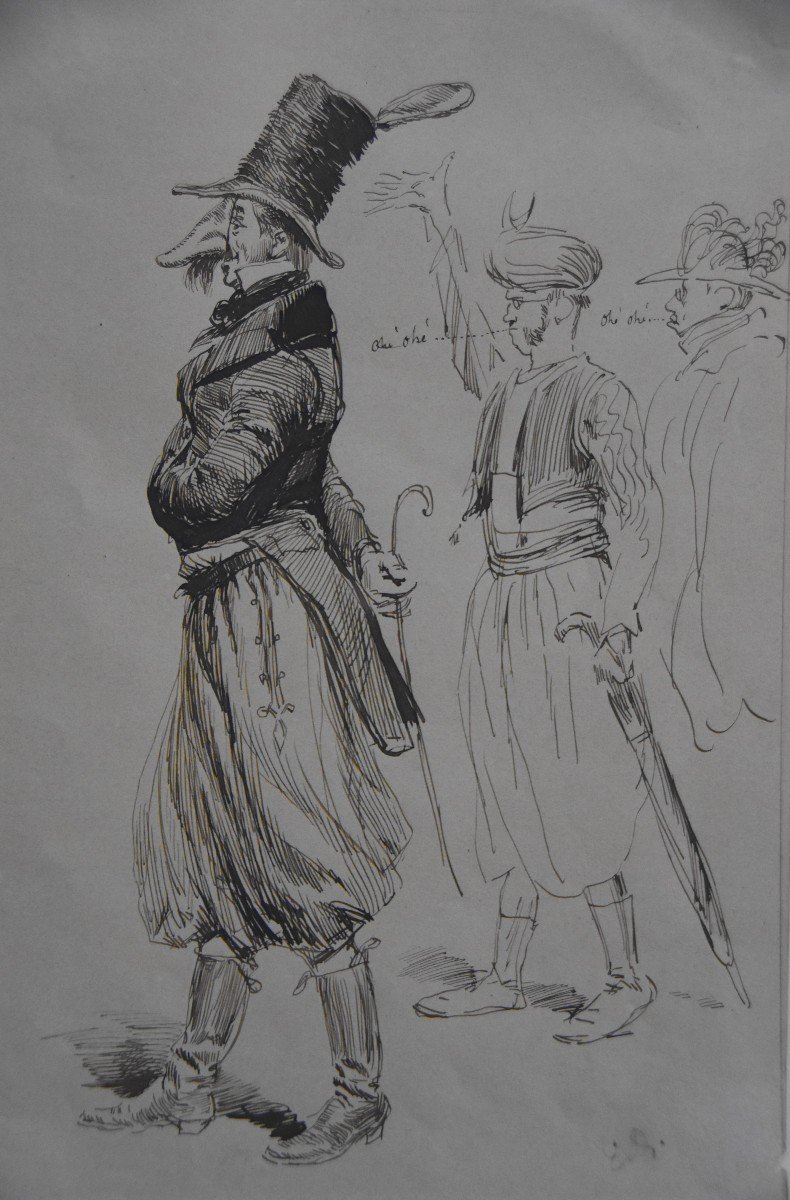
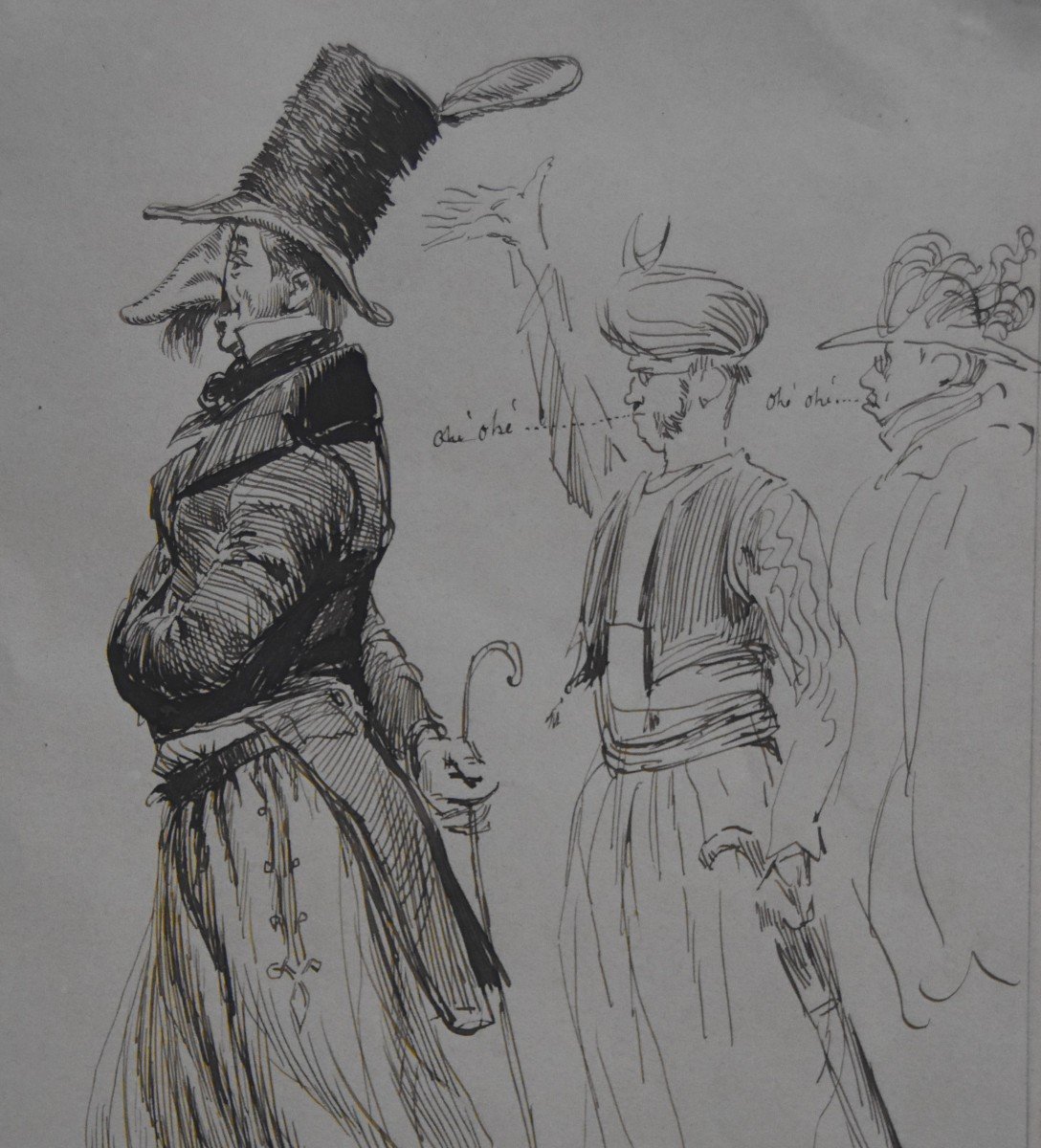
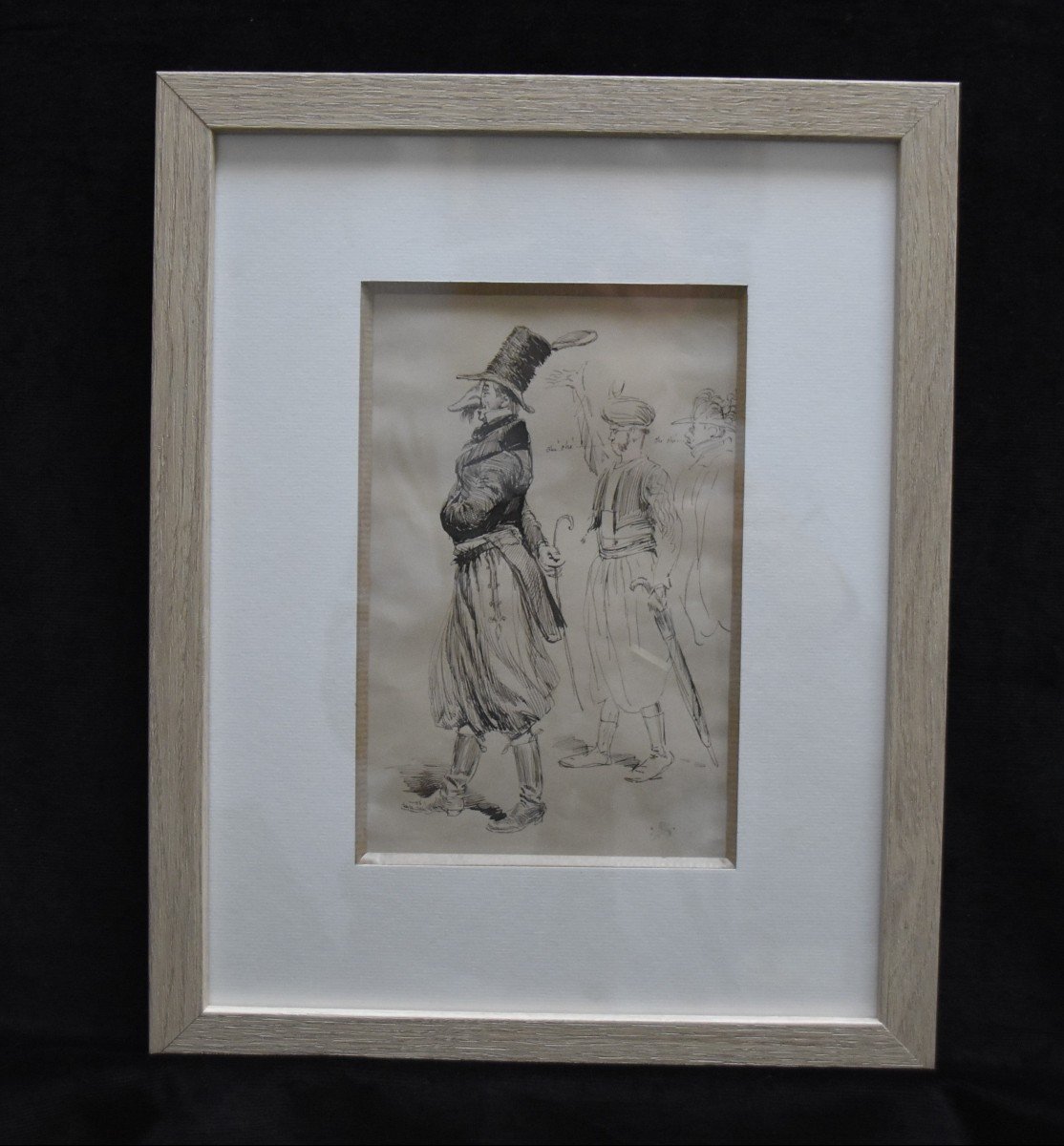
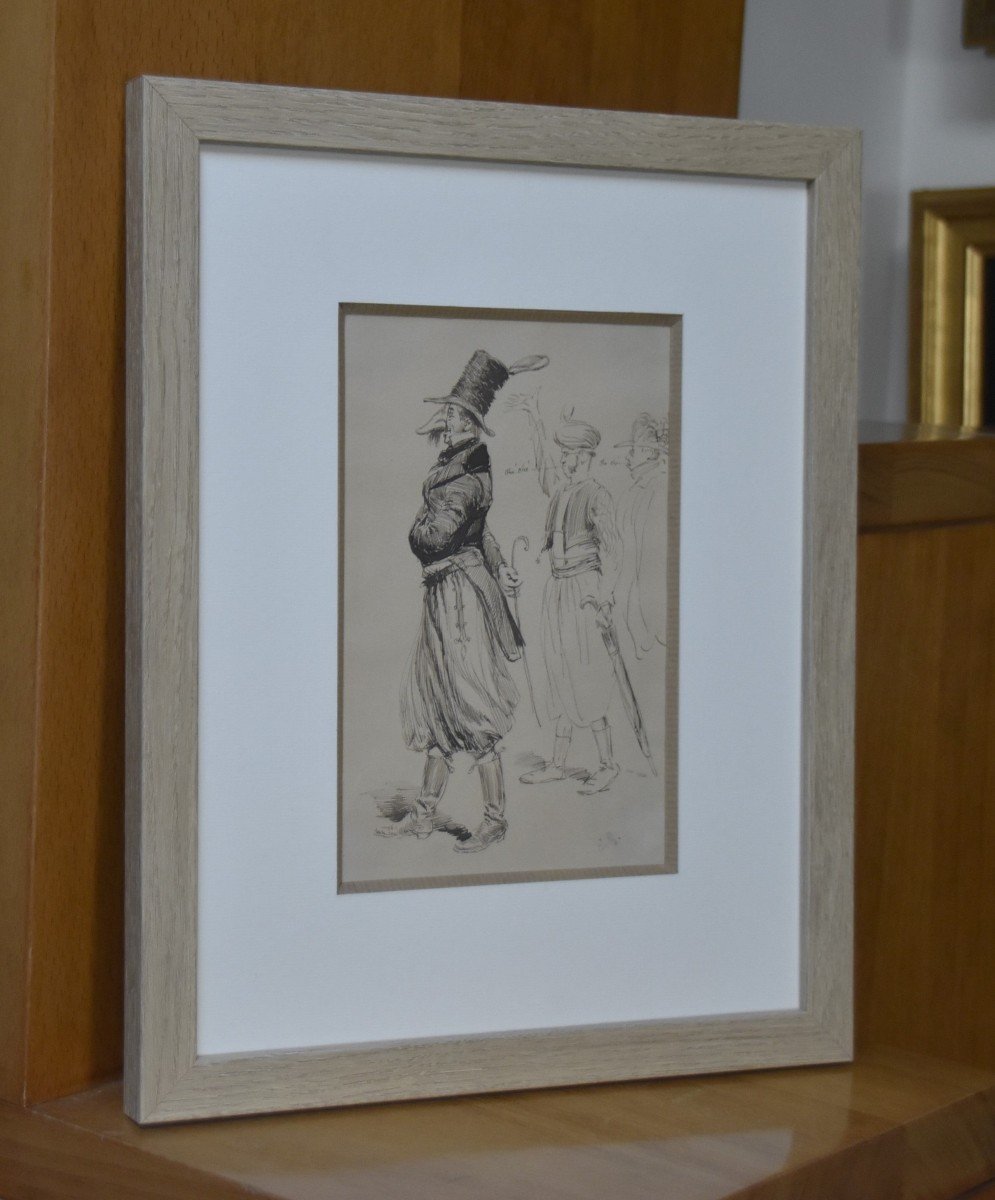
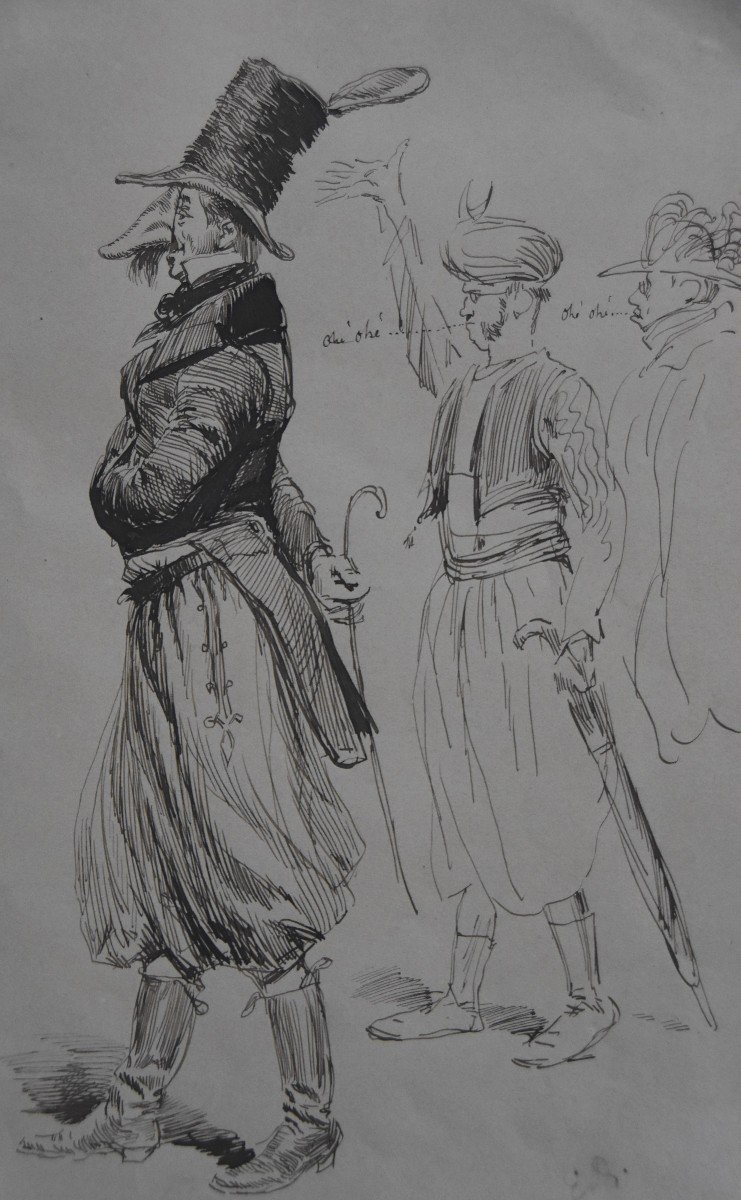











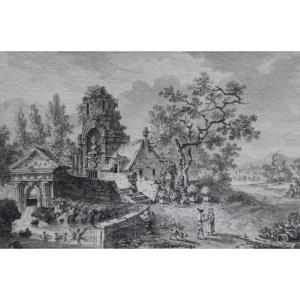
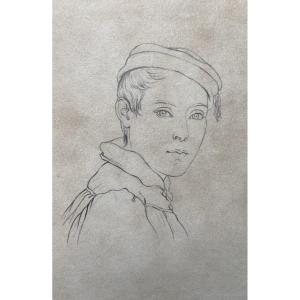

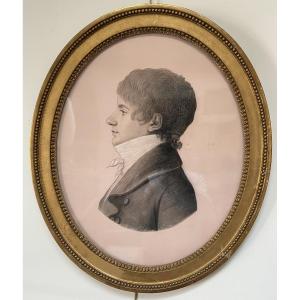
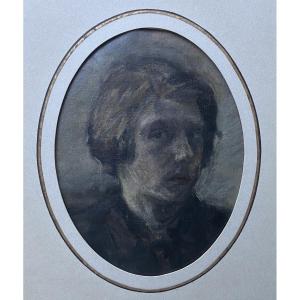



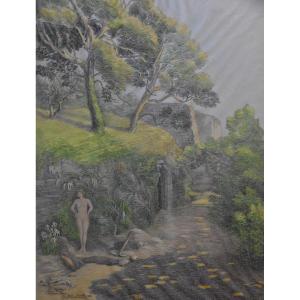
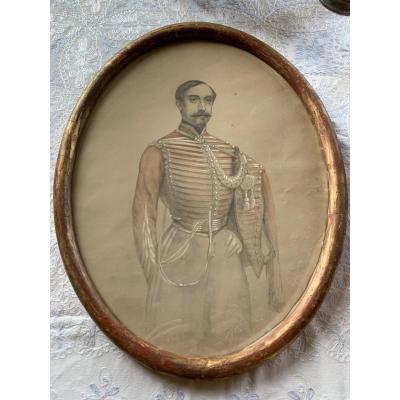
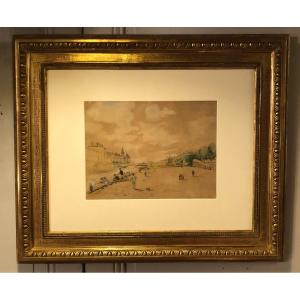
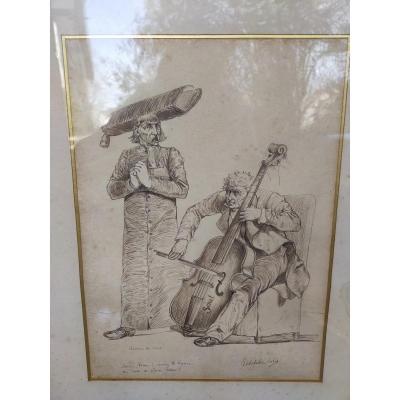





 Le Magazine de PROANTIC
Le Magazine de PROANTIC TRÉSORS Magazine
TRÉSORS Magazine Rivista Artiquariato
Rivista Artiquariato